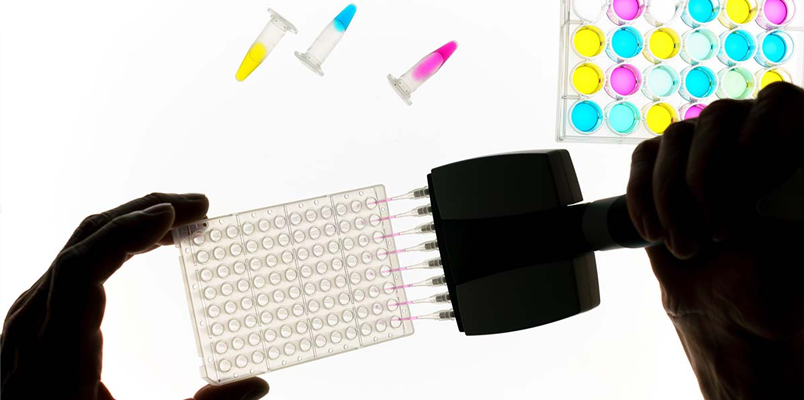Cell and gene therapies have gone through a growth spurt in the last decade. According to data from the Alliance for Regenerative Medicine (ARM), during the first three quarters of 2020, regenerative medicine research and development broke records at nearly $16 billion in global financing. From the treatment of knee injuries to osteoarthritis, certain cancers and even muscular dystrophy, advances in gene and cell therapies have definitely caught the attention of medical professionals, and for good reason.
Cell and Gene Therapies Account for a Large Portion of Therapeutic Market Share
According to data from the Business Research Company, the global cell therapy market is expected to bounce back after a decline in growth due to the ongoing COVID-19 outbreak. Down from over $8 billion in 2019, the Compound Annual Growth Rate (CAGR) is likely to almost double by 2023. The cell therapy space includes both the chimeric antigen receptor (CAR) cells and regenerative medicine cell therapies.
When it comes to nucleic acid-based gene therapies, that market is projected to see significant growth as well. In 2019, the gene therapy market was worth $557.47 million but is expected to swell to over $800 million by 2023. Gene therapies are designed to correct defective genes that are responsible for disease, genetic disorders and other chronic ailments that previously had no lasting cure. FDA is currently projecting a minimum of 20 gene therapy approvals per year beginning in 2025.
According to an article published by the United Nations (UN), by 2030, deaths due to chronic disease are expected to rise globally, nearing 70%. This is where gene and cell therapies should be able to shine, but there are problems with cost and availability, as well as political and economic challenges that may get in the way of progress.
The high cost of cell and gene therapies could limit its growth and production. This is especially the case in poorer countries where life expectancy is already lower than in other developing countries. This risk is offset by the potential of a single therapeutic treatment to correct these chronic diseases, preventing the need for a lifetime of medications that do not alter or correct the genetic issue at the core of the disease. The dearth of cost-effective therapies for chronic diseases has urged biotech companies, investors and research organizations to invest in strategic partnerships to move the needle in regards to these life-altering therapeutics.
One example of a strategic partnership is CRISPR Therapeutics and ViaCyte. In September 2018, CRISPR partnered with the California-based regenerative medicine company to collaborate on the commercialization and development of allogeneic cell therapies to treat diabetes. These very partnerships may become the saving grace for the future of gene and cell therapeutics by sharing costs and combining the workforce to further the technology. The inclusion of diseases like cancer will likely push the market even higher. Collectively, both the gene and cell therapy industries will balloon to billions in global annual sales over the next decade.
Our Commitment to Cell and Gene Therapy Development
As the number of cell and gene therapy products in development pipelines continues to increase, so has our focus on providing solutions for the bioanalysis of these programs. BioAgilytix’s scientists are helping our customers pursue the opportunities of these compelling therapeutic modalities by leveraging our deep capabilities with immunoassays, cell-based assay and quantitative PCR measures along with our vast experience with a variety of viral vectors and cellular therapies. In 2020, BioAgilytix invested heavily in increased lab space, technology and scientists specifically targeted to the needs of Cell and Gene Therapy clients.
BioAgilytix is committed to supporting our customers’ cell and gene therapy innovations by investing in state-of-the-art instrumentation and scientific expertise that delivers data according to the high standards required by our clients. We have leading experience using our extensive technology suite to support all aspects of bioanalysis and biomarker characterization. Contact one of our scientists for more information.
